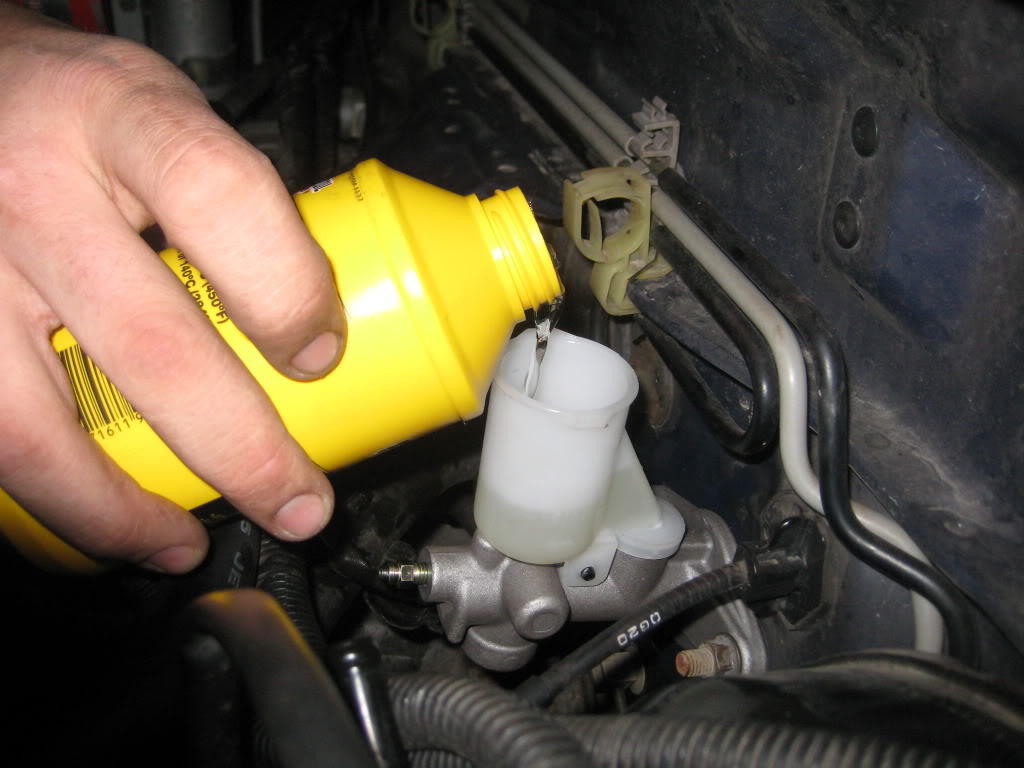The clutch fluid in a motor vehicle is supposed to last forever because it operates in a closed system. The clutch system has a master and slave cylinder, a reservoir, and a few tubes. If these components function properly, you will never face the low fluid issue. However, as no motor components last forever, changing clutch fluid becomes necessary sometimes.
Contents
Changing Clutch Fluid: Why and When?
So, why do you need to change the clutch fluid? Well, if there’s a leak in the clutch system, the fluid level will become low and you will need to fill up the system again.
Most vehicles use brake fluid in the clutch system. This fluid absorbs moisture, which decreases the boiling point of any liquid. This moisture-filled fluid can corrode metal components. When the brake fluid is used in both systems, the moisture can corrode the lines and brake cylinders in the brake system but also pipes, cylinders, and other metal things in the clutch system.
Unlike brake fluid, clutch fluid does not pose the risk of boiling over. Still, you need to change it before it can ruin the whole system. It’s pretty standard to change both clutch and brake fluid at the same time once every few years.
SEE MORE
When to Change the Fluid
You won’t find the schedule of clutch fluid change in the owner’s manual. It’s possibly because there is less chance for this fluid to cause any trouble.
However, there is one time when you must change the clutch fluid. It is when the clutch does not fully engage or disengage. This spongy feeling means that there is something wrong with the clutch system and it often gets fixed with the changing of the fluid.
The best way to stay safe is to change it at every brake fluid change. If that seems too soon, you can do it at every second brake fluid change.
How to Change Clutch Fluid
To change the clutch fluid, you have to find the location of the bleeder valve and attach a plastic tubing to it. Then, add DOT-3 or DOT-4 type fluid (whichever is recommended by the manufacturer) to the full. Ask a helper to press the clutch pedal all the way to the floor and keep it pressed.

Loosen the bleeder screw to allow the fluid inside it to flow through the tubing attached to it. Wait until the flow slows down and then close the bleeder valve by tightening the screw.
Ask the helper to release the clutch pedal and add fluid again to the reservoir to the full. Bleed the bleeder valve again and repeat these steps until clear fluid comes out of the tube. Then, close the valve and add more fluid to the reservoir until it becomes full.
Conclusion
Changing clutch fluid is not a complicated process at all. However, you should have a clear idea regarding when to change it. Otherwise, you would just be wasting money by bleeding out the perfectly good clutch fluid.



